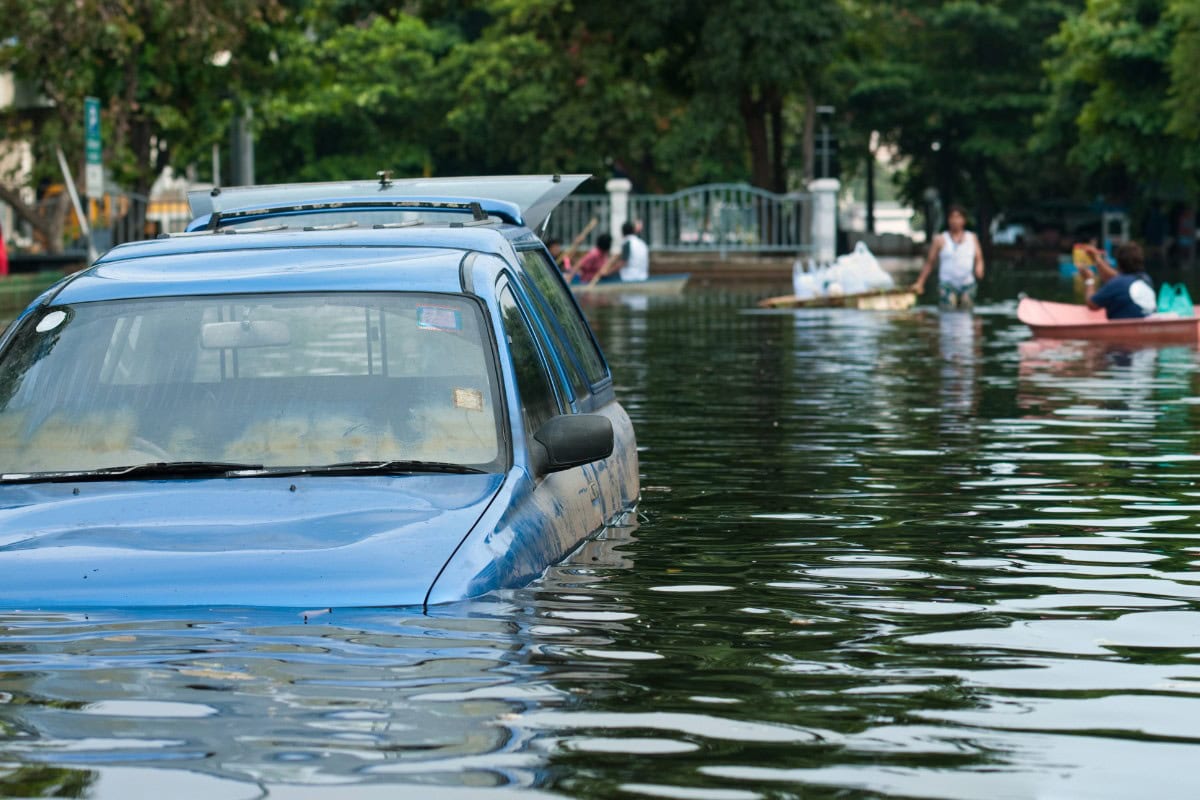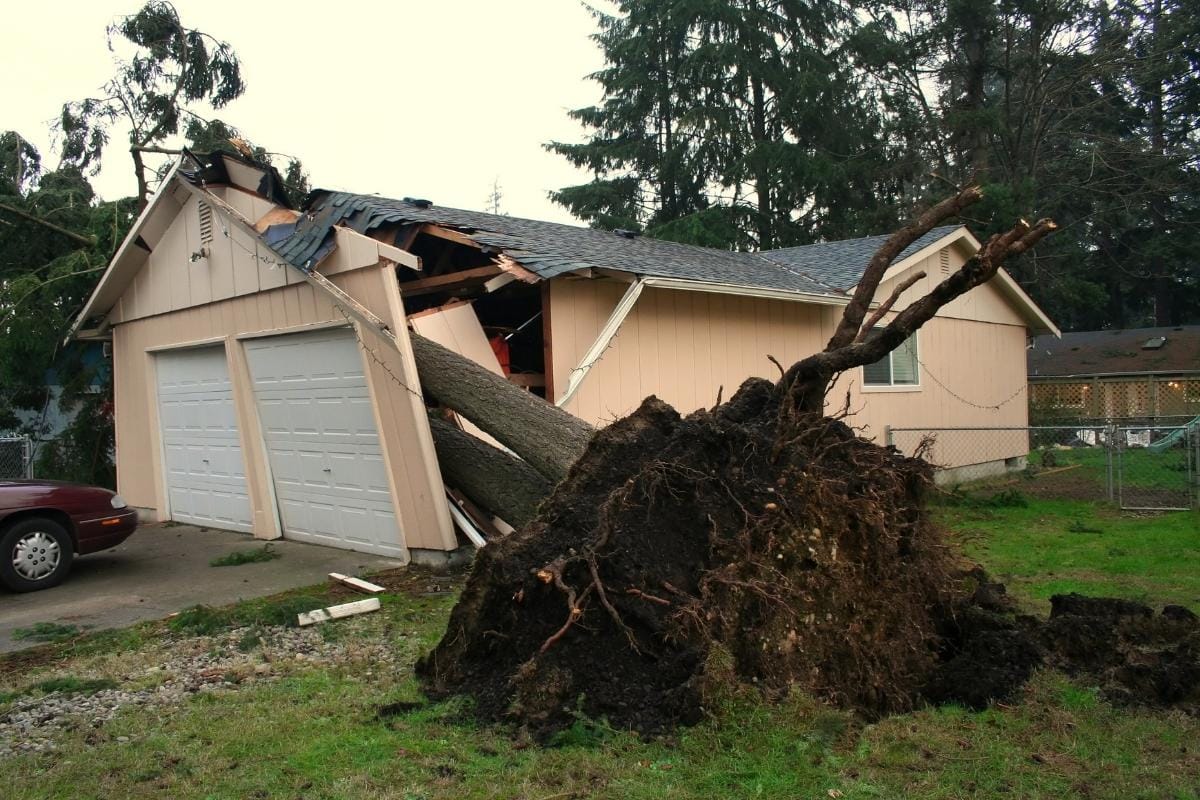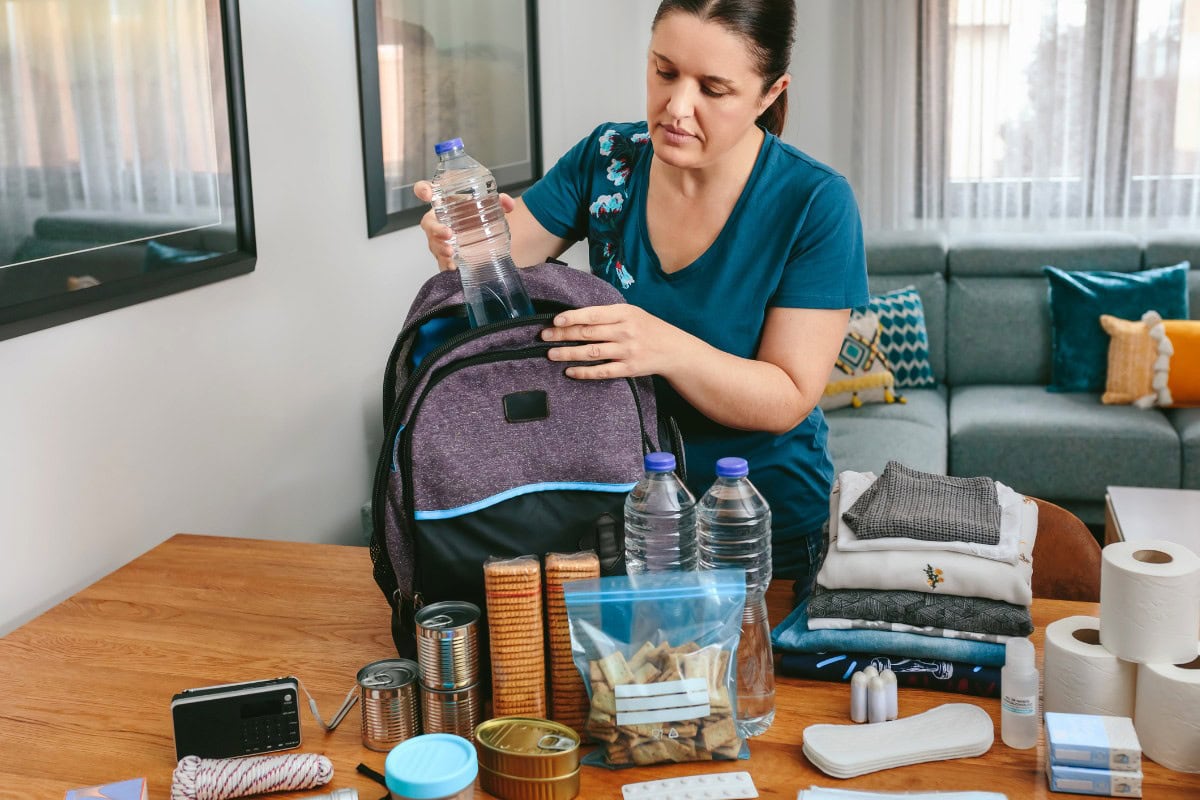Floods are extremely common in tropical countries – but that doesn’t mean that temperate and wintry countries don’t experience flooding. In fact, flooding is one of the most common natural disasters that occur in various parts of the United States.
Types of Flooding
It’s not going to change anytime soon, so we’d best be prepared for this type of disaster. There are generally two kinds of floods.
River Flood
The first type of flood develops over a long period of time due to continuous rain.
It’s generally easier to prepare for this type of flooding because you can gather your emergency supplies as you monitor the rising waters around the neighborhood. Oftentimes, floods occur at night, and often times, there is a power outage. That is why it really is important to have your bug out bag packed and ready to go, in case you need to be evacuated or make a run for it.
Flash Flood
The second type of flooding is more sudden: flash floods. Flash floods can occur within a few short minutes, and whole neighborhoods can become submerged without warning. Flash floods can occur in the following situations:
- Excessive rainfall over a long period of time.
- Structural or operational dam problems.
- Ice jam breakage.
- An overflow in natural bodies of water, such as rivers.
- Street drains that are unable to handle the water coming in from excessive rainfall.
While regular floods carry with them some debris, flash floods are doubly dangerous because flash flood waters often carry rocks and mud. Imagine a massive wave of muddy and rocky water heading toward your neighborhood. In countries in Southeast Asia, flash floods have been known to decimate whole neighborhoods in a matter of hours.
Little can be done if the victims of flash floods have little or no knowledge of how to act during a natural disaster. While some cities in the United States are relatively safe from flooding, one can never know. Be extra alert if you live in a low-lying area near any kind of body of water (even a pond can cause massive flooding during a heavy downpour).
Be Prepared
Many people have yet to experience a devastating flood – and that’s good. If you have never experienced a flood in your lifetime, that means that you either live in a very flood-protected area, or your local government is doing everything it can to prevent flooding from taking place, even during the worst downpours.
Does this mean that you won’t have to know how to act during a flood?
Not necessarily. You see, floods can take place anywhere, because every area in the country experiences changes in topography. Soil moves (though very slowly) and, over time, this will have an impact on how flood-proof a city or town is.
If you are unsure as to how safe your neighborhood is from flooding, simply ask around – there will be some old timers in your neighborhood who may (or may not) have experienced flooding some years ago. If flooding has occurred in your neighborhood (even if it was ten years ago), then your neighborhood will probably experience flooding again if a sufficient number of factors come into play.
Some Flood Facts
Hurricanes and Tropical Storms
Hurricanes are more devastating than tropical storms because they carry much more wind force, debris, and floodwater.
Both tropical storms and hurricanes can cause flooding, and both can cause massive damage to property. Coastal areas are more likely to experience the full extent of hurricanes; if you live in such an area, you may already be aware of the swiftness of the floods that strong hurricanes can bring.
Melting Snow
During spring, melting snow and ice can cause flooding if you live near natural bodies of water such as ponds and streams. You may be wondering – why doesn’t the land absorb all of that melted snow?
Well, during winter, everything freezes – including the soil. Frozen soil is not very absorbent because the particles are stuck together and allow very little moisture to seep through.
The Northwestern Region
The Northwestern region of the United States is at high risk for flooding due to excessive rainfall. Excess rainfall is often caused by the La Nina phenomenon, which affects different countries, not just the United States.
Wildfires
Wildfires can also increase the risk of flooding in certain areas. Studies show that regions that have frequent wildfires tend to develop strong mudflows during heavy downpours. These strong mudflows directly impact surrounding towns and cities.









